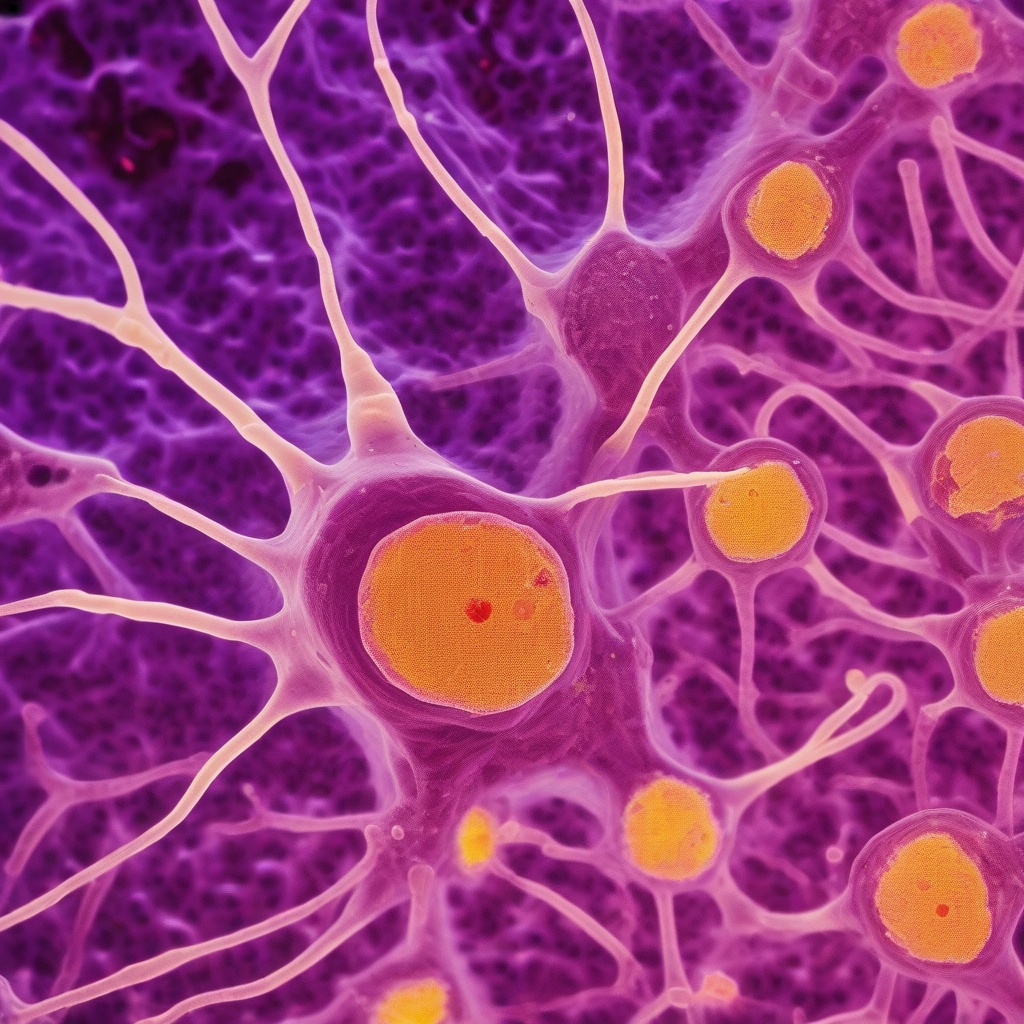Rare Aggressive Systemic Mastocytosis Case Unveils Diagnostic Challenges and Uncommon Haematological Symptoms
A recent case study published in Cureus highlights the complexities of diagnosing aggressive systemic mastocytosis (ASM), a rare and potentially life-threatening haematological disorder. The case, which involved a 45-year-old male patient, underscores the importance of considering mastocytosis in the differential diagnosis of pyrexia of unknown origin (PUO) and sclerotic bone lesions.
Initial Presentation and Diagnostic Challenges
The patient presented with a 4-month history of recurring fevers, night sweats, and fatigue. Initial laboratory tests revealed anaemia, thrombocytopenia, and elevated inflammatory markers, including erythrocyte sedimentation rate (ESR) and C-reactive protein (CRP). Despite an extensive diagnostic workup, including blood cultures, imaging studies, and bone marrow aspiration, the underlying cause of the patient’s symptoms remained elusive.
The patient’s clinical presentation was nonspecific, making it challenging to diagnose ASM. The condition often masquerades as other haematological disorders, such as myeloproliferative neoplasms or lymphoma, which can lead to delayed diagnosis and inadequate treatment.
The Diagnostic Breakthrough
Eventually, a bone marrow biopsy was done and showed multifocal dense mast cell infiltrates expressing CD117, CD25, and CD2 on immunohistochemistry. These findings were consistent with ASM, a subtype of mastocytosis characterized by the clonal proliferation of mast cells in various organs, including the bone marrow, liver, and spleen.
The diagnosis of ASM was further supported by the presence of D816V KIT mutation, a gain-of-function mutation that leads to the constitutive activation of the KIT receptor tyrosine kinase. This mutation is a hallmark of mastocytosis and plays a crucial role in the pathogenesis of the disease.
Uncommon Haematological Symptoms
The patient’s presentation with sclerotic bone lesions was an uncommon feature of ASM. Sclerotic bone lesions are typically associated with other conditions, such as metastatic cancer or osteopetrosis. In ASM, bone involvement is more commonly characterized by osteoporosis or lytic lesions.
The patient’s haematological symptoms, including anaemia and thrombocytopenia, were also unusual. These symptoms are not typically seen in ASM, unless there is significant bone marrow involvement or mast cell infiltration of the spleen.
Management and Treatment
The management of ASM requires a multidisciplinary approach, involving haematologists, oncologists, and other specialists. Treatment options are limited, and the disease often requires a combination of therapies, including chemotherapy, targeted therapy, and supportive care.
In this case, the patient was treated with a tyrosine kinase inhibitor, which led to a significant reduction in symptoms and improvement in haematological parameters. However, the patient’s response to treatment was not sustained, and the disease progressed, highlighting the need for ongoing research into the pathogenesis and treatment of ASM.
Conclusion
The diagnosis of aggressive systemic mastocytosis requires a high index of suspicion and a thorough diagnostic workup. This case highlights the complexities of diagnosing ASM and the importance of considering mastocytosis in the differential diagnosis of PUO and sclerotic bone lesions. Further research is needed to improve our understanding of this rare and potentially life-threatening haematological disorder.
Read the full case study: https://www.cureus.com/articles/398449-aggressive-systemic-mastocytosis-presenting-as-pyrexia-of-unknown-origin-and-sclerotic-bone-lesions-an-uncommon-presentation-of-a-rare-haematological-disorder.pdf
- ASM is a rare and potentially life-threatening haematological disorder.
- The diagnosis of ASM requires a high index of suspicion and a thorough diagnostic workup.
- Mastocytosis should be considered in the differential diagnosis of PUO and sclerotic bone lesions.



